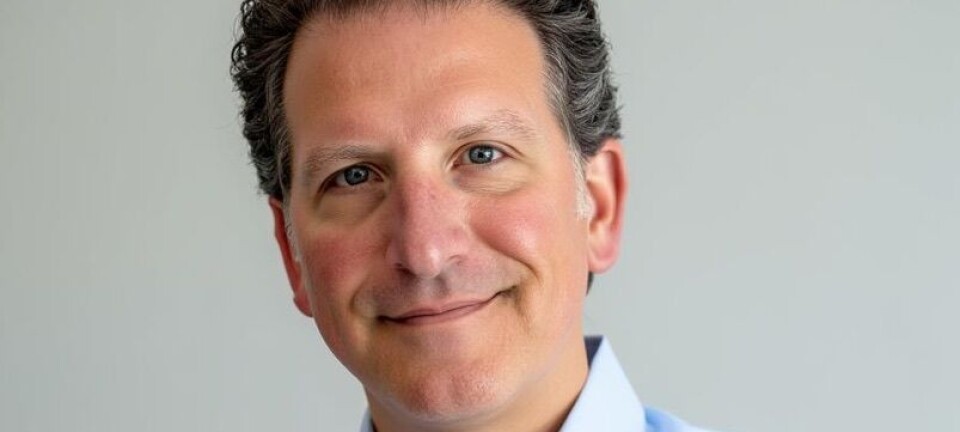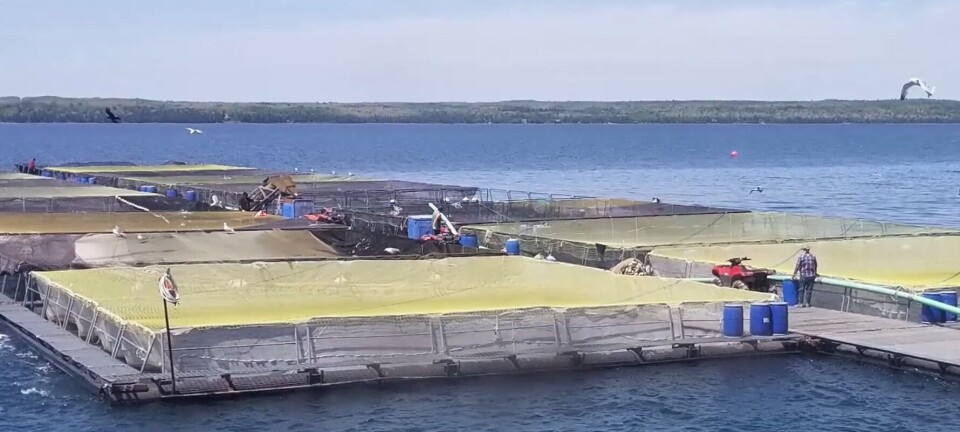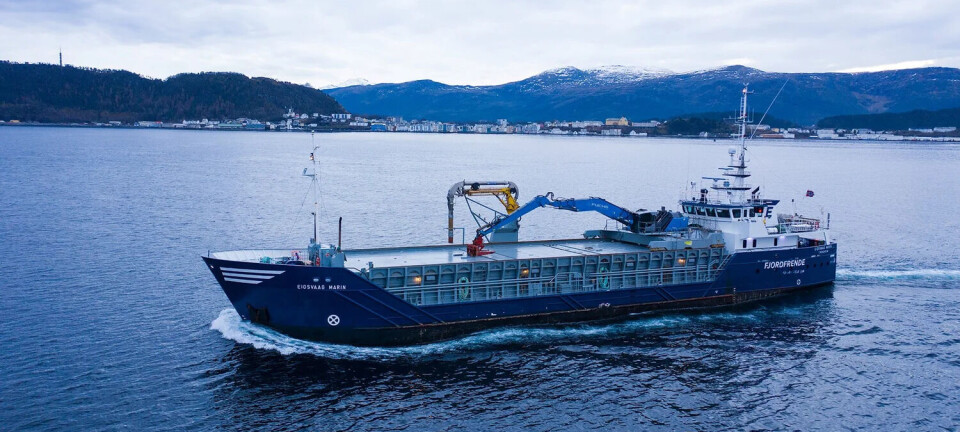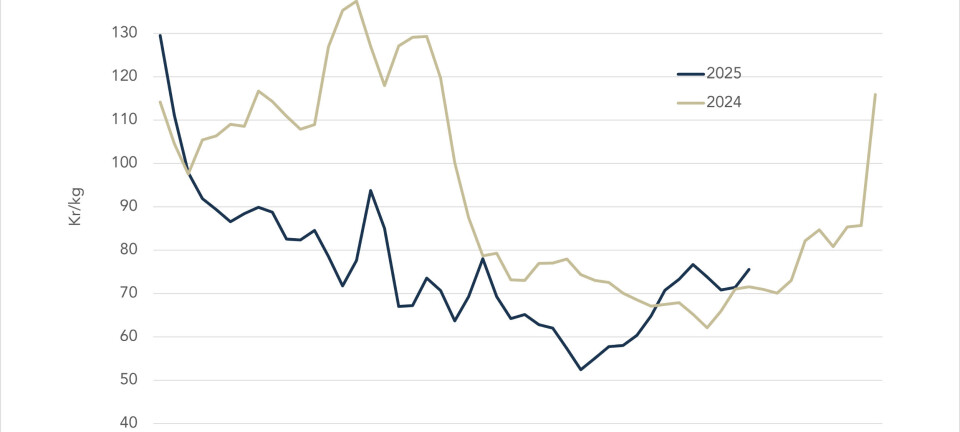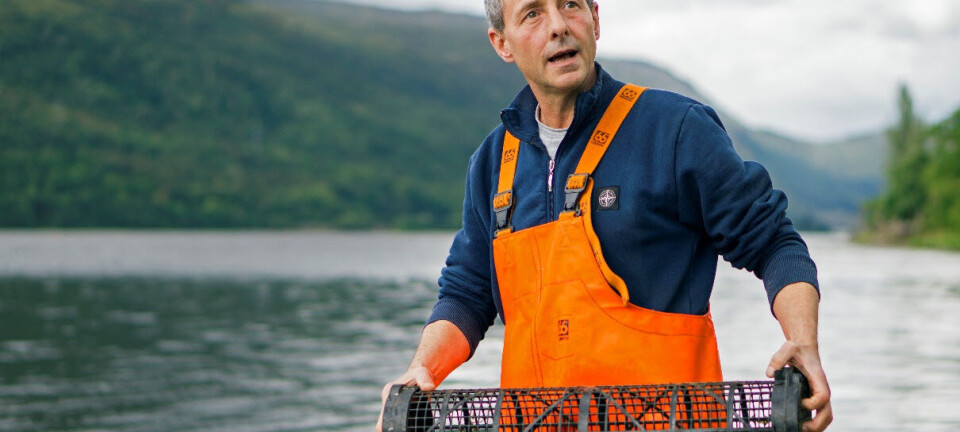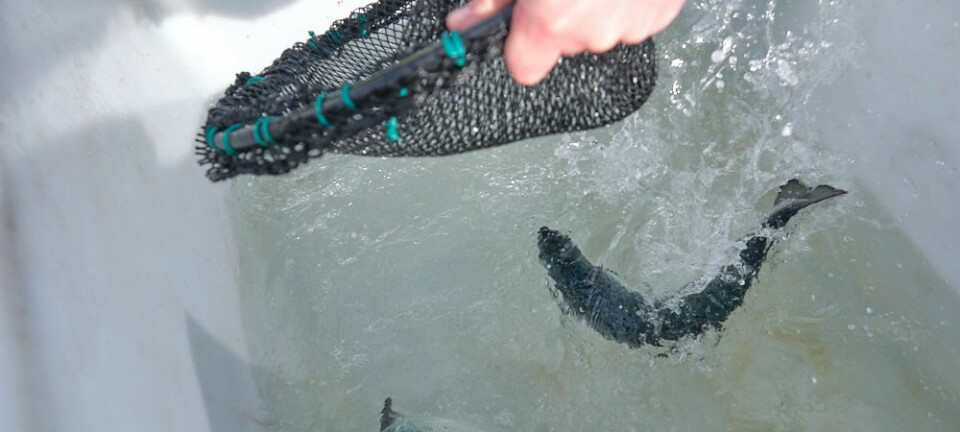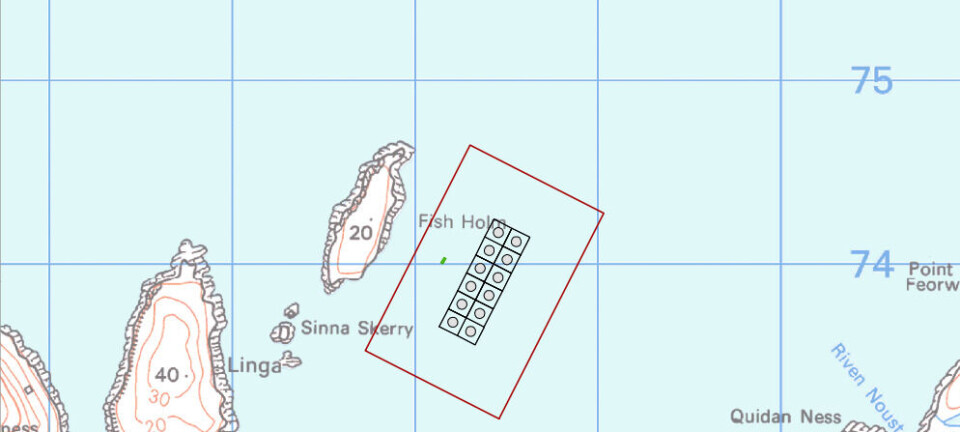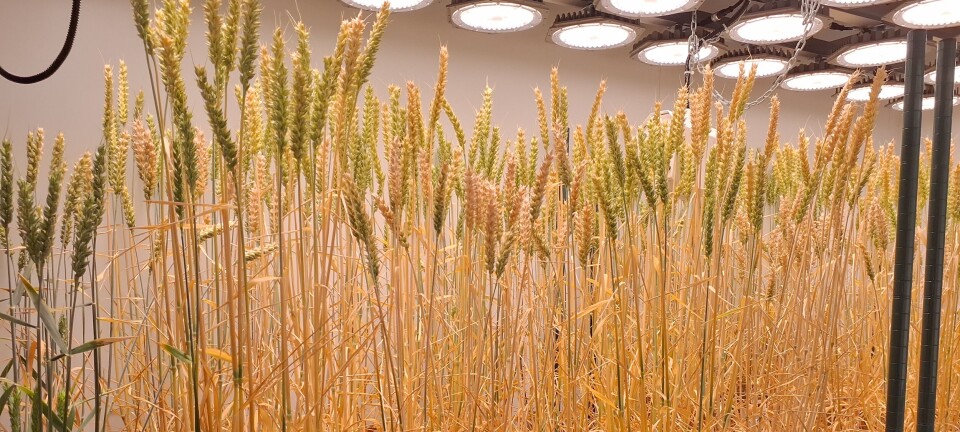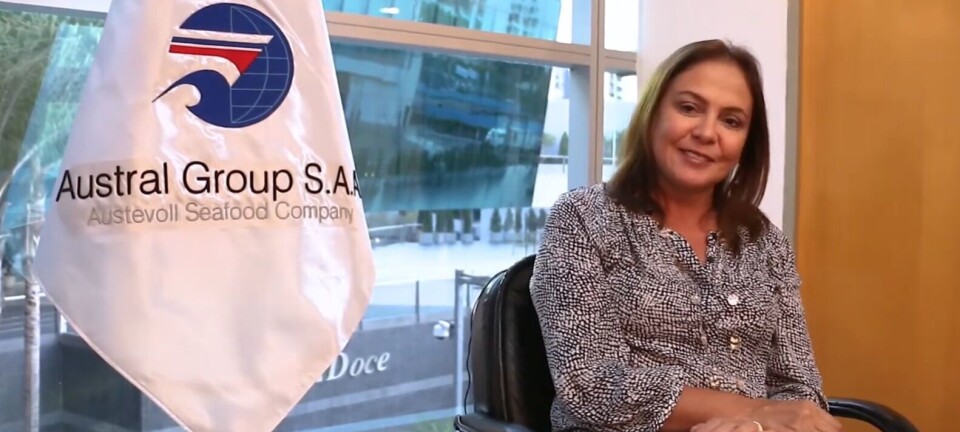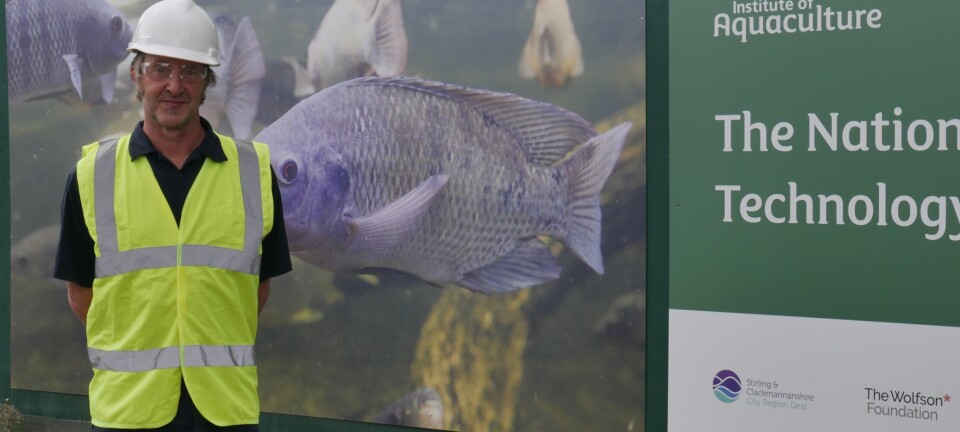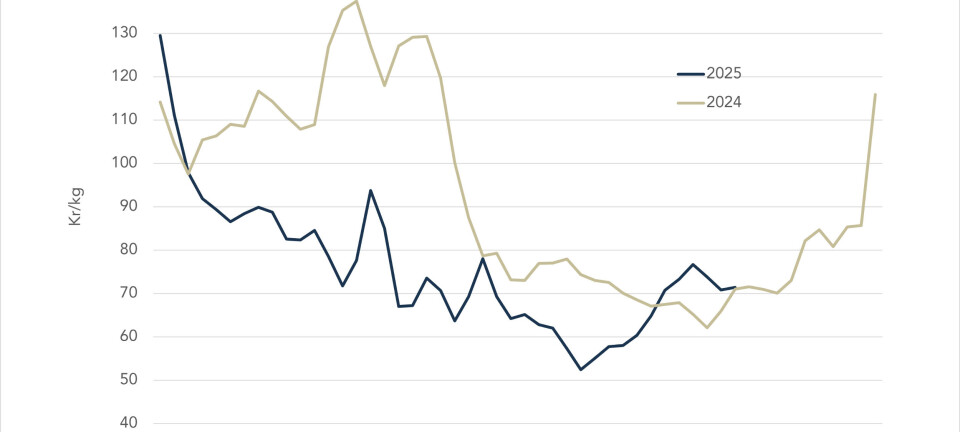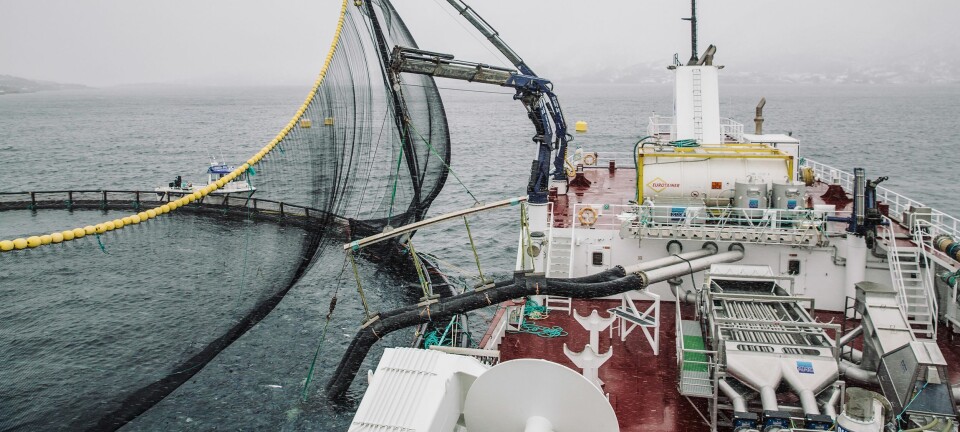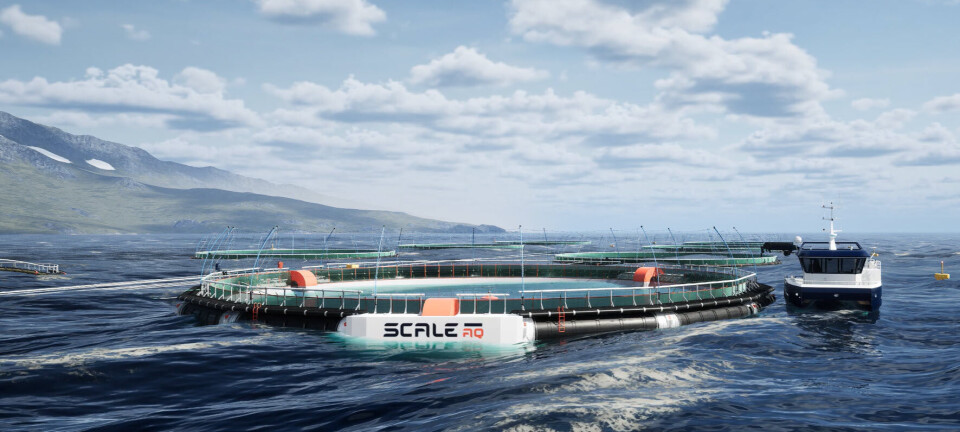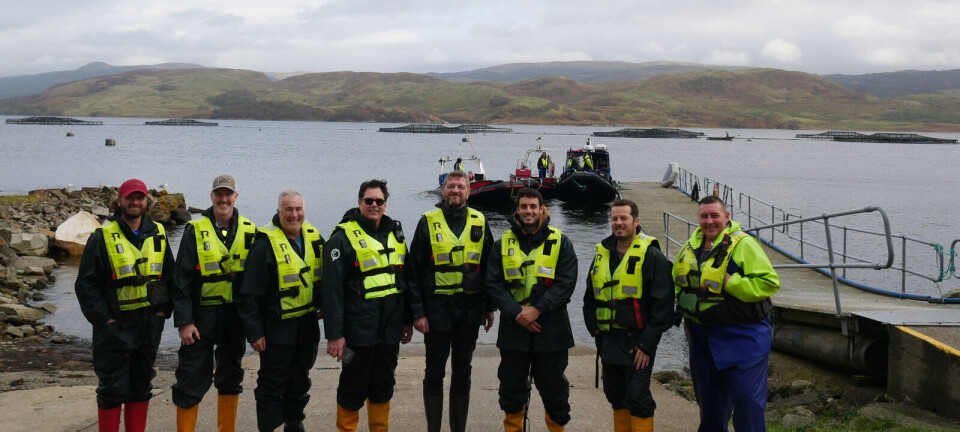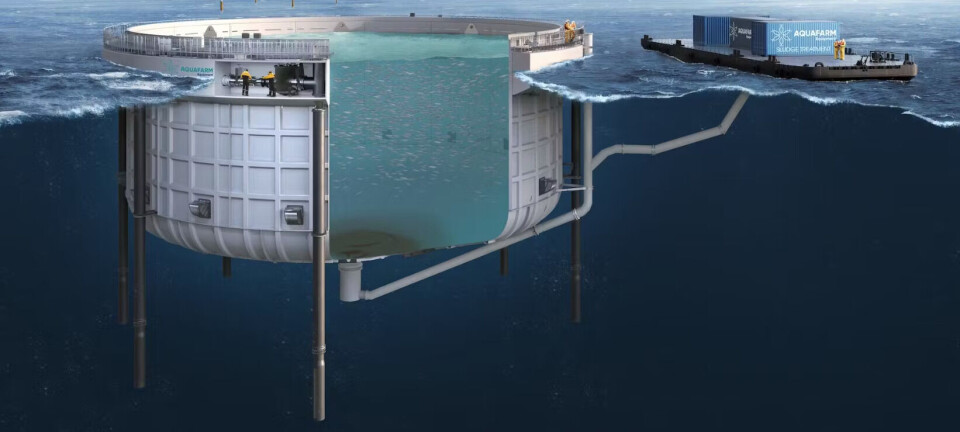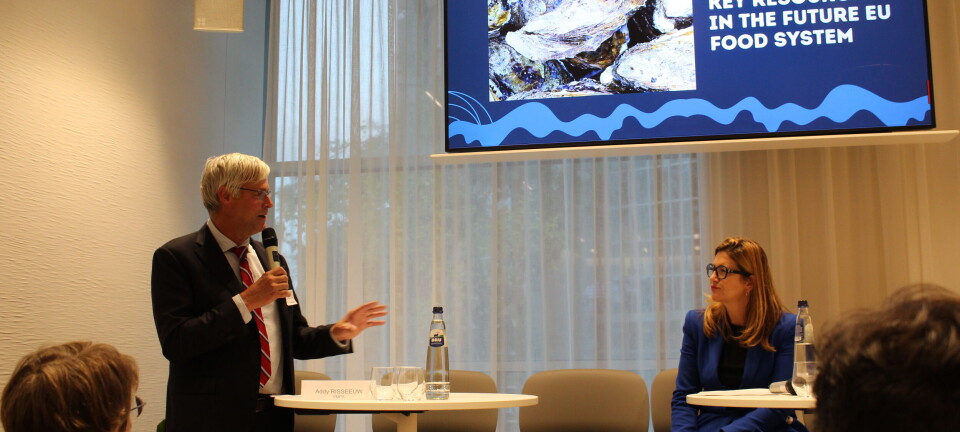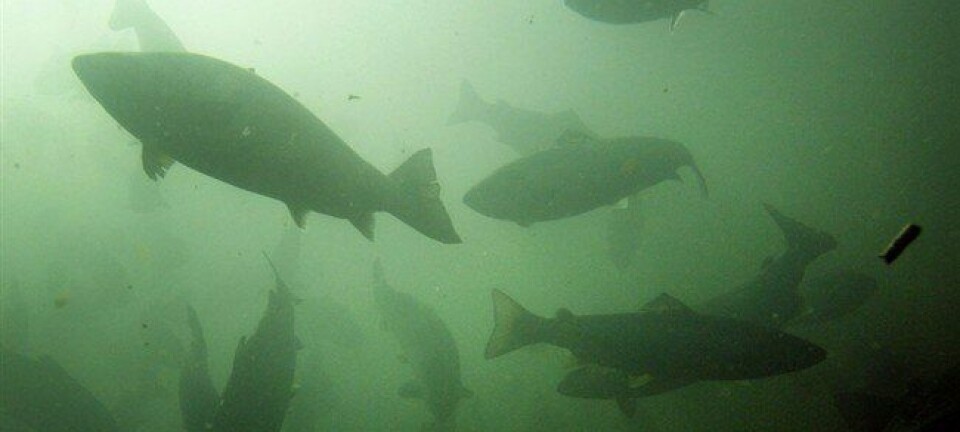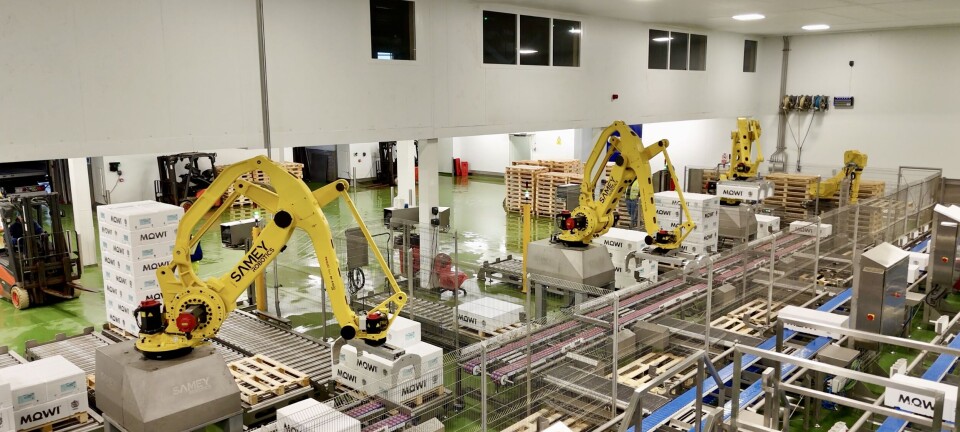
Lightening the load of fertiliser transport
Scottish Sea Farms is looking to upgrade the fertiliser it supplies to the country’s land farmers by providing it in dry pellet form.
Sludge from the salmon farmer’s £58 million recirculating aquaculture system (RAS) hatchery at Barcaldine near Oban is currently treated then distributed among farmers for use as a wet fertiliser, as is waste from Mowi and Scottish Salmon Company hatcheries.
Drying the sludge would enrich its nutritional content, make it easier for farmers to handle and would reduce the number of tankers and road miles required to transfer the waste from the hatchery to farmland.

Safe for agriculture
Ewen Leslie, lead engineer at Barcaldine, said SSF used technology from Norwegian engineering company Scanship AS to aerate the waste to prevent any unwanted bacteria from germinating, then bind it together into larger particles via the addition of a cationic (positively charged) polymer.
“That done, the waste is filtered to separate the solids from the water,” explained Leslie. “These solids, which are now of a sludge-like consistency, are then collected in a storage tank.”
Invergordon-based waste management company Rock Highland, part of the Avanti Environmental Group, is responsible for ensuring the sludge – which includes fish faeces and uneaten feed - is safe and suitable for agricultural land.
High nutritional value
The company collects the sludge and takes it to holding tanks strategically located across the Highlands.
Samples of the sludge are tested periodically at the UKAS-accredited Scottish Agricultural College, part of the SRUC, and an organic waste report is produced identifying all the components present in the material. This includes nitrogen, potassium and potash; a combination of which gives the sludge its high nutritional value.
Once the sludge has been certified as being safe for use on agricultural land, it is spread on the land.
‘No one turns it down’
Rock Highland divisional director Neil Barker said: “We first started out by working with one or two of Scotland’s whisky distillers, helping recycle nutrient-bearing effluent originating from barley into fertiliser.
“Over 15 years later, we’re now working with distilleries from the Orkney islands all the way down to the Central Belt, spreading around 175,000 tonnes of distillery effluent per annum back to the land via a network of registered landbanks across the whole of Scotland.
“Recent years have seen us diversify and apply the same sustainable service to Scotland’s salmon farmers.
“In addition to Scottish Sea Farms, we’re also working closely with Mowi Scotland and the Scottish Salmon Company, with our proven model now collecting sludge from most of the salmon hatcheries across the Highlands and Islands.
“For the country’s farmers, this salmon hatchery by-product offers a really high-value, low cost alternative to synthetic fertilisers. No one turns it down.”
Preliminary trials
At Barcaldine, SSF’s freshwater team has identified reducing technologies that would enable the company to remove the remaining water content and convert the sludge into dry pellets.
“We’re now scoping out the best uses for it before conducting some preliminary trials,” said Leslie.
“The benefit to the environment of moving from wet to dry form longer-term would be that we could reduce the volume of waste material, thereby reducing the number of tankers and road miles required to transport it from hatchery to farmland.
“For land farmers, dry form would provide an even more nutritional and valuable natural fertiliser alternative that’s easy to handle.
“We’re always thinking, always mindful of the environment, always trying to reduce our impact in order to produce fresh farmed salmon in the most sustainable way.”





























